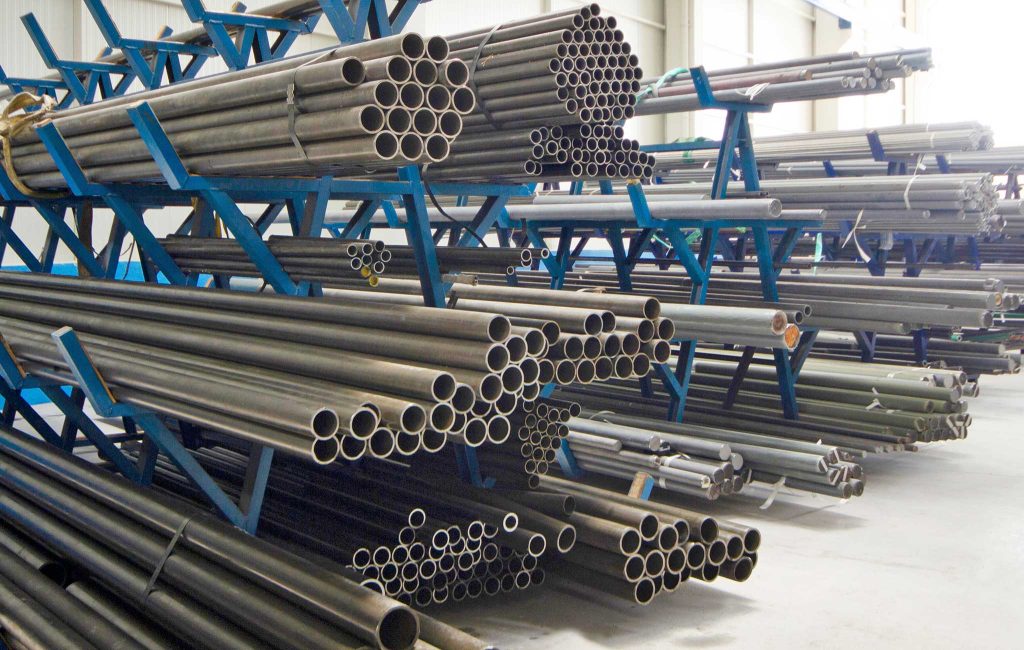What to consider when buying a stainless steel fabricated product
Stainless steel as the name implies, is hard to corrode or rusted. This is because stainless steel is created from iron, a small amount of chromium, or other metals such as nickel and molybdenum.
Currently, stainless steel consists of 5 families based on their chemical makeup, and characteristics with each family have a popular grade that is widely used by the markets like food and beverage, medical, furniture, architect due to its outlook and durability. Like a stainless steel pipe for drinking water.
Stainless steel families
Austenitic: this family is known as Type 300 series stainless steel and are quite popular to the public. Within this family, grades 304 with 18 percent of chromium and 8 percent nickel; 316 with 16 percent chromium, 10 percent nickel, and 2 percent molybdenum are the most well-known varieties of the Austenitic stainless steel family. Oftenly, the Austenitic stainless steel family could be hardened by cold working and cannot be treated with heat effectively. Despite the varieties, they all share a characteristic of low magnetism, corrosion resistance, and good formability.
Ferritic: they are identified as Type 400 series with most of the family being iron-chromium alloys. Making them not suitable for thermal hardening processes, but effectively altered by cold working. The shared identities of Ferritic stainless steel are magnetism, strong ductility, and corrosion resistance. Moreover, Ferritic stainless steel grade 430 with 16 percent chromium is commonly used in the market.
Martensitic: this family is also a part of the Type 400 series as they are likewise iron-chromium alloys. However, they differ from Ferritic stainless steel by their capacity to be hardened efficiently by heat treatment. Most of the Martensitic family shared identities with the Ferritic family with good ductility, magnetism, and corrosion resistance, additionally, Martensitic grade 410 is a popular grade.
Duplex: this family is a combination of Ferritic and Austenitic features, the Duplex family is composed with a higher chromium content from 18 to 28 percent. They often have nickel or molybdenum combined within the mixture too. Making them more durable than Austenitic stainless steel and show high resistance to local corrosion.
Precipitation-hardened: similar to the MArtensitic family chemical makeup, these alloys are improved in strength and corrosion resistance by the precipitation hardening process. A common fabricated grade is Type 17-4PH (17 percent chromium and 4 percent nickel).
Why is the equipment made of stainless steel?

Pros:
- Stainless steel resists corrosion, stains, and heat
- Unmatched durability: diversified variety with different durabilities fit for specialised uses.
- Extreme hygienic: they are used in pharmaceutical, restaurants, food and beverage industry as they are easy to clean, stored and maintained due to their corrosion resistance and nonporous nature.
Types of stainless steel equipment

These are the types of stainless steel application that anyone could meet
- Tableware and cutlery (spoons, forks, chopsticks, knives…)
- Cookware (pots, pans, cooking aids, etc.)
- Kitchen sinks
- Kitchen appliances (microwaves, ovens, toasters, etc.)
- Garden equipment (bonsai pruning scissors, hoses…)
- Furniture (door knob, table, cabinet, lampshade, stainless steel pipe…)
- Building structures (window frame, balcony barrier,stainless steel pipe…)
- Escalators
- Vehicles (Subway trains, cars, airplanes, etc.)
- Food manufacturing machinery and equipment
- Fuel and chemical tankers

